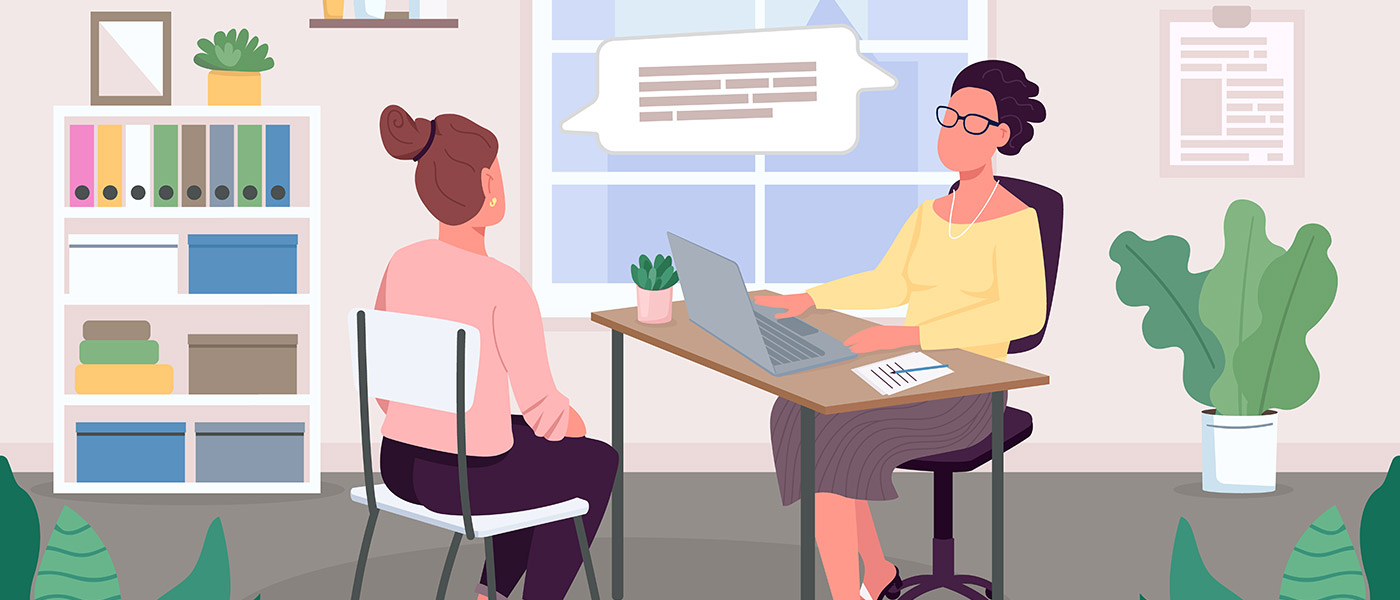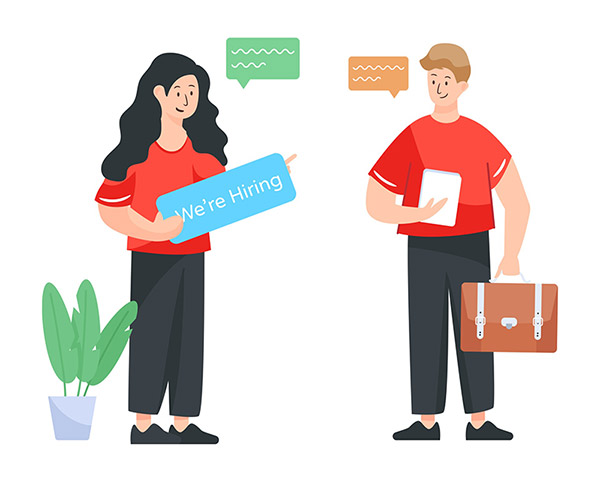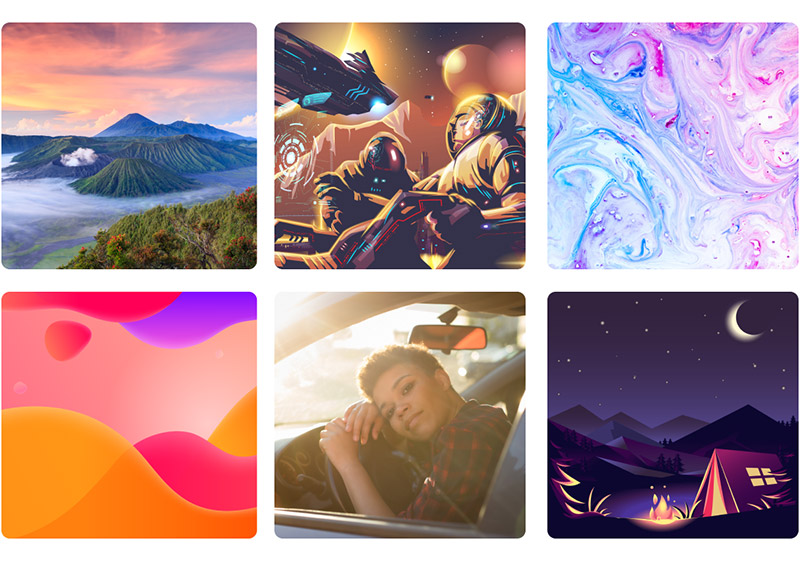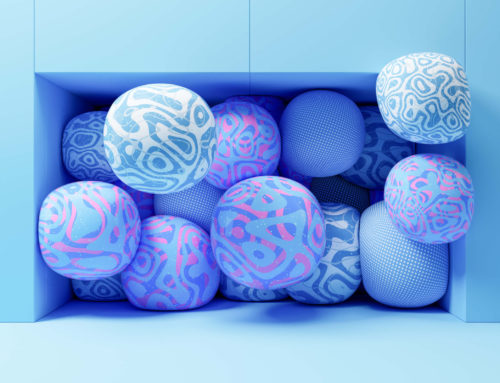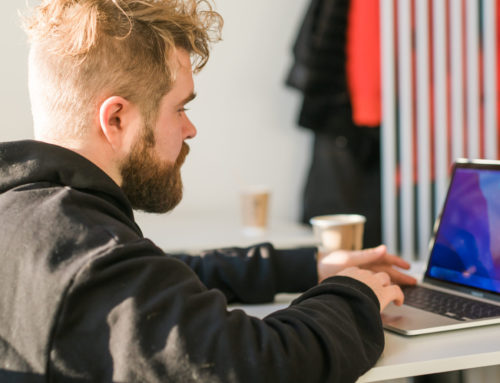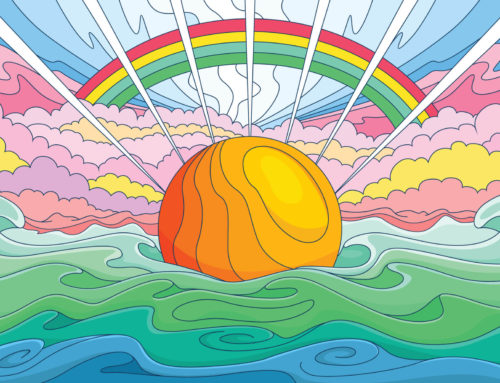So you’re a designer and you’ve got your eye on that dream job. You have a killer portfolio, but that’s not enough. You’ll need to nail the interview if you want to be the candidate that lands the job offer.
Most people don’t enjoy the interview process, but it can be far more comfortable if you’re prepared. The fear of the unknown is what typically causes anxiety for interviewees. The good news is, there are ways to prepare yourself before an interview so you can feel confident when talking with a potential employer.
There are several things you can do to make a great first impression during your job interview. But it’s important not to forget the little details that will help secure the offer. In this article, we’ll cover what you need to know before walking into the interview.,the questions you’re likely to be asked, and the questions you should ask them.
Understand the Role
There are countless different aspects of design and many roles related to design. As the first step in your preparation, it’s essential to understand the specific role you’ll be interviewing for. Try to get as much information as you can about the responsibilities of the position and the qualifications the employer is looking for. The job description should provide details, but some job listings are more in-depth than others. You can also do a Google search for the job title and see the typical requirements of positions that share the same title.
Once you have a solid understanding of the role and what the hiring managers are looking for, you can adjust your approach to the interview accordingly. For example, most design roles involve interaction with team members, developers, stakeholders, or clients. You’ll want to know these details so you can emphasize your strengths and experience as they relate to this specific job.
Related: How to Find Your Niche as a Designer
Selling Yourself in the Interview
One of the most uncomfortable parts of the interview process for many people involves selling yourself. However, it’s important to remember that you’re probably competing against many other candidates for the job, so you’ll need to convince the hiring managers that you’re the best fit.
Get millions of stock images and videos at the best price
Unlimited access. No attribution required. Starts at just $9/month.
You don’t need to be boastful or aggressive to sell yourself, but you do need confidence. If you don’t believe in yourself and your ability to do the job, it’s unlikely that others will see you as the best fit.
When it comes to selling yourself, there are a few different aspects to consider:
The Strength of Your Portfolio
The work in your portfolio will be a significant factor in landing a design job. Your portfolio shows employers what you’ve done in the past and what you’re capable of doing for them. You don’t need to include all of your past projects in your portfolio. Quality is more important than quantity, so showcase only your best work.
It’s not only the quality of your work that matters. You’ll also need to explain your work and express your ideas when talking about the projects in your portfolio. You’re very familiar with the details and context of the project, but the interviewer probably isn’t. Take some time before the interview to think about the key points and how you’ll present them in the interview. This could include problems addressed through the project, challenges you had to overcome, and the overall objectives of the client or stakeholder.
Related: Ways to Get More Exposure for Your Design Portfolio
Your Results
While beautiful design is important, ultimately, the employer wants results. So, in addition to having some well-designed items in your portfolio, you should be able to show or talk about the results your designs have helped to create. This includes the specific design work you were responsible for, where your work was used, and the impact it made. For example, saying “My design was used on the Black Friday Sale, the biggest sales event of our marketing calendar year” is an achievement worth mentioning.
Yourself
Keep in mind, they’re hiring you, not your portfolio. Your portfolio may be impressive, but that won’t matter if the interviewers don’t feel like you’ll be a good fit for their team or company.
Most design roles are highly interactive. You’ll probably be working with team members, stakeholders from other departments, and developers. How well you’ll gel with your colleagues will be a significant part of the hiring decision. You need to show that you can work well with others and function efficiently as a team.
Be sure to emphasize any experience you have in a similar working environment and the soft skills you have to make you a valuable addition.
If you’re interviewing for a client-facing role, you’ll need to show that you’ll represent the company well and that clients will have a positive experience working with you. Explain any experience you have working with clients and characteristics or skills that will allow you to succeed in this area.
Surviving the Interview
Throughout the interview, you’ll be asked a lot of questions. As you’re going through your portfolio, they’ll probably ask you to explain your thought process or the reasons you made certain design decisions. Try not to get overwhelmed or feel like you’re being attacked.
The questions don’t necessarily indicate that they don’t like or approve of your work. Instead, the interviewers want to understand how you work and get insight into your thought process. They also want to see how well you can explain and communicate your reasoning because that’s likely to be a part of your role if you get the job.
It’s normal to get lots of questions, so don’t feel like it’s a negative sign. And no matter how much you prepare, it’s likely that you’ll get some questions you weren’t anticipating. If you need a minute to gather your thoughts, it’s ok to say, “Let me think about that one for a moment.” Try and focus on the question and the simplest way to answer it, then build on that simple answer with more details or examples.
Common Questions for Design Interviews
Interviewing for a job as a designer is usually a bit different from interviewing for most other types of jobs. As a designer, your portfolio demonstrates your skills and experience. Of course, you’re still likely to get the standard interview questions, but there’s a heavier emphasis on your past work and your creative process, including explanations for the projects in your portfolio.
Some of the design-focused questions you’re likely to be asked are listed below. Take some time before the interview to have your responses to these questions ready.
How Would You Describe Your Design Style?
Ultimately, you’ll need to be able to adapt your work to the style required by your employer or the client. It’s helpful to address this and acknowledge that you’re able to adjust as needed, but the interviewer also wants to see that you have some personality and a style of your own as well.
Start your answer with: “My design style varies based on the project I’m working on. For example …”
What is Your Design Process?
The process is likely to be just as important as the quality of your design. The interviewer will want to see that you can communicate and work well with clients or stakeholders to meet the project’s objectives and that you communicate throughout the process.
Begin your answer this with: “Process is very important. I make sure I’m on track with a design by …”
Do You Prefer to Work By Yourself or On a Team?
Answering this question is easier if you know the specifics of the job you’re interviewing for, but almost every design job will involve a significant amount of communication and teamwork. You’ll want to show that you work well with others but can focus and work independently when needed.
Open up your answer by saying, “Both! I need to make sure I’m aligned with my team, and I can also manage a project independently. I balance these two by …”
Tell Me About a Design Project You’re Proud of, and Why.
This is the perfect opportunity to sell yourself and share a compelling story related to one of your past projects.
Get this rolling with: “I loved working on …” and make sure your reason goes beyond simple enjoyment. You may enjoy some projects more than others, but your future employer wants to know that you feel proud and fulfilled even when a project isn’t particularly fun to work on.
Where Do You Find Design Inspiration?
There are many different ways to answer this question, but the most crucial detail is to show that you’re getting inspiration in several different ways and that your influences are well-rounded.
Begin by saying, “I find inspiration from a variety of sources, including …”
How Do You Stay on Top of Current Design Trends?
Similar to the previous question, there are many ways to answer this one as well. You may want to mention a few specific websites, blogs, magazines, podcasts, or social networks that you use or follow to stay up-to-date.
Your answer should start with something like: “To stay on top of trends, I make sure I look at ..” You’ll be wise in staying on top platforms like Behance, Dribbble, and social media networks — specifically mentioning artists or accounts that offer fresh trend perspectives.
How Do You Handle Tight Deadlines?
Every design job will require you to work with deadlines, so this question is very likely to come up. If possible, answer the question by providing a real-world example from one of your past projects. The interviewer wants to see that you’re capable of working at a high level even under the pressure of a looming deadline.
Show that you’re ready for this by saying, “In my experience, it’s part of being a designer! For example, …”
Questions You Should Ask During the Interview
Although your top concern during the interview is selling yourself, you also need to determine if the job is a good fit for you. Asking these questions can help you learn more about the role and the company while also sending a positive message to the interviewer.
What Does a Typical Day Look Like For Someone in This Role?
Not all design jobs are the same. Some jobs will involve responsibilities that may or may not interest you. It’s important to know what your daily life will look like to determine if you’ll enjoy the job.
What Are the Most Urgent Projects I’ll Be Working On Right Away?
This question shows that you’re ready to hit the ground running and also helps you to learn what the first few weeks or months will be like.
What Attributes Does Someone Need To Have To Be Successful in This Role?
Ask this question to find out if you’re a good fit for the job and show that you’re looking to achieve real success, and not just go through the motions.
How Does This Position Contribute to the Organization’s Success?
Learn how you’ll be able to make a difference and show that you’re committed to the company’s success, not just your own.
What Are the Common Career Paths for Employees in This Department?
It’s good to know what opportunities might be available in the future and what you can be working towards.
How Would You Describe the Work Environment Here?
The culture and environment will have a huge impact on your daily life, so it’s essential to make sure it will match your preferences.
Can You Tell Me About the Team I’ll Be Working With?
Learn more about your future co-workers and show that you’re interested in being part of the team.
Final Thoughts
The job interview process can be daunting, but you can head to the interview with confidence through the right preparation. If you want to nail your design job interview, focus on the tips covered here, and you’ll be well on your way.
Lead image by natalia1891991133727.
